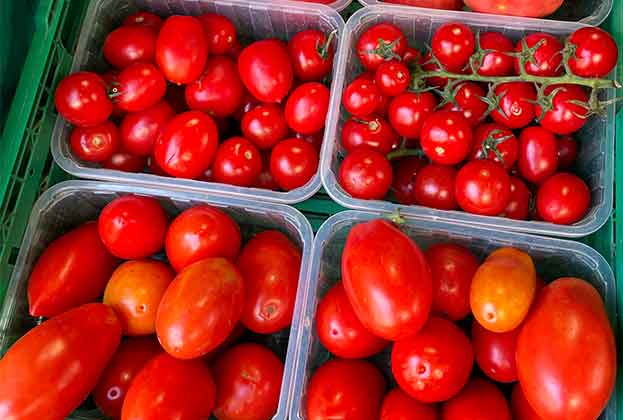Essential nature of the grocery market shows stability in retail sales
The overall economic and consumer landscape in Europe has resulted in total retail sales declining by 6% in real terms in 2023 as consumers cut back on spending. The drop in sales was felt across all major retail sectors, showing consumers uniformly drew back on spending. As a result of improving economic conditions forecast for the second half of the year, Oxford Economics forecasts retail sales to increase by 5% in 2024 and 4% in 2025, depicting a more positive retail outlook in the near future.
In light of the wider economic landscape, the grocery sector is better armed against macroeconomic headwinds due to the essential nature of food sales. Tightening purses mean consumers are having to balance spend between essential, discretionary and experience retail, with the former more insulated from consumer cutbacks as it is a necessary spend category.
Comparing retail sectors, the food and grocery market has shown to be much more stable over time, with annual growth fluctuation between -5% and 5%. Generally food sales growth remains broadly in line with total retail sales growth. Though when looking at fashion sales, larger fluctuations can be observed, with growth figures ranging from as low as -12% and as high as 13%. This is due to the non-essential nature of the fashion market, where changing market conditions can significantly impact sales. So while fashion sales declined less than food sales in 2023, this can be attributed to consumers ‘catching up’ on fashion spend after the pandemic halted store visits and sales declined by 12% in 2020.
Both the grocery sector and total retail sector are forecast to have a 2% CAGR between 2023 and 2028, remaining consistent with the long-term average five-year CAGR and highlighting the stability of the sector. The CAGR of the fashion sector between 2023 and 2028 is slightly higher at 3%, though down from the 4% long-term average.
Though even with the essential nature of the grocery market and associated stability, consumer spending on food declined by 4% in real terms in 2023. The rate of food inflation reached the peak in March 2023 at 19%, causing consumers to tighten their belts in anticipation for a prolonged period of inflationary pressures. The result of which led to significant downtrading, whereby consumers switched from expensive brands to cheaper alternatives, ultimately impacting sales figures. A reduction in food consumed will also have impacted retail sales, but ultimately consumer switches to savings on everyday items would have been the main driver of lower sales.
Although price consciousness will persist among the majority of consumers, as inflation pressures ease, we can expect to see consumers return to previous spending behaviours. Those with a higher disposable income will be able to trade up again through purchasing more expensive brands, supporting the growth of the market. 2024 looks to be a brighter year in Europe, with food sales forecast to increase by 2% and a further 3% in 2025.
Read the articles within Spotlight: European Grocery Market 2024 below.

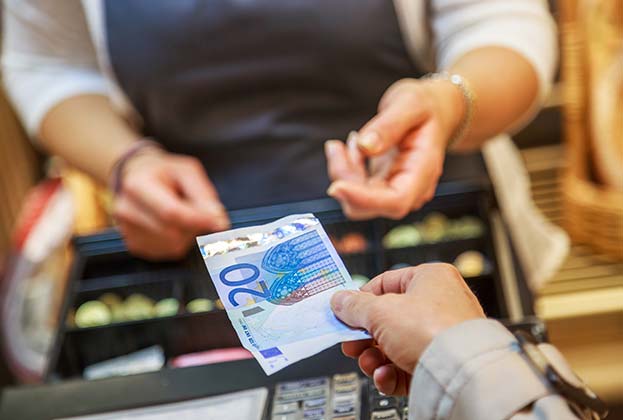
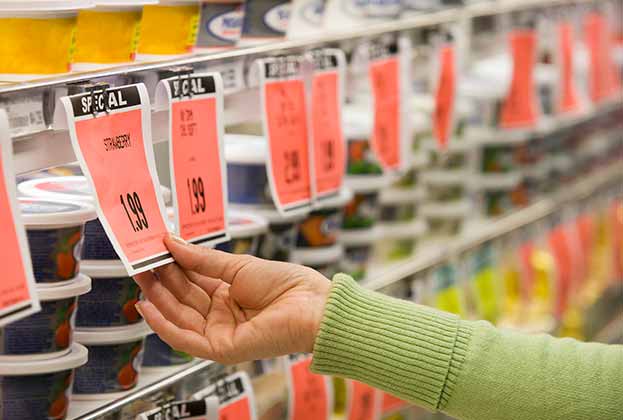

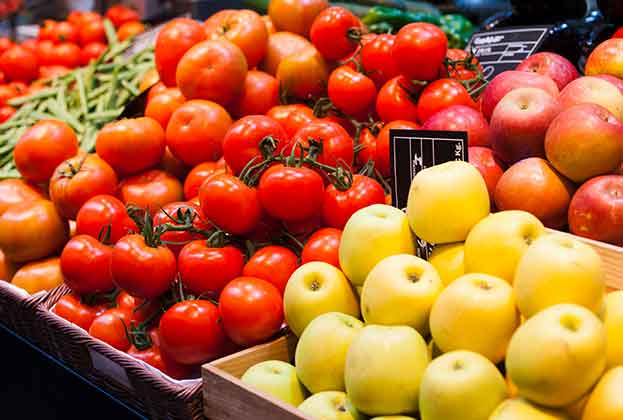
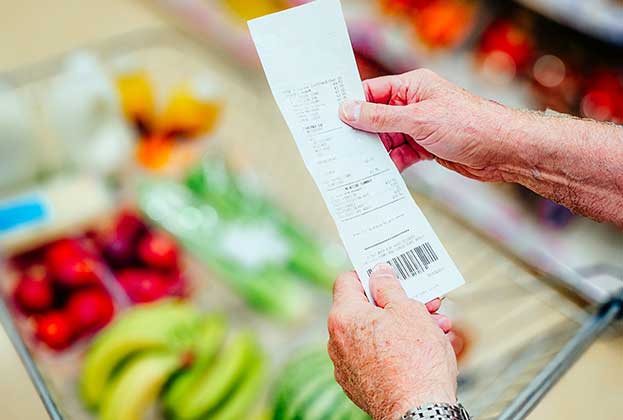
.jpg)
